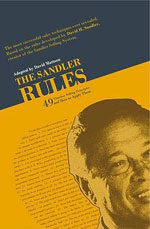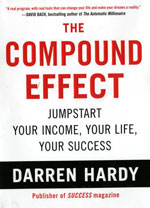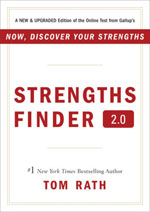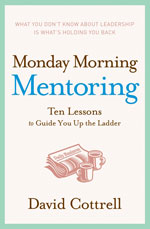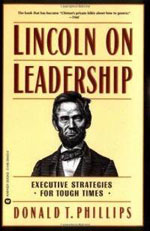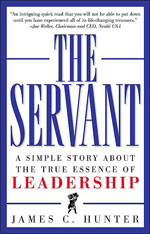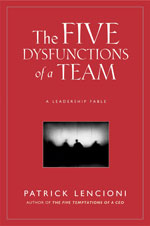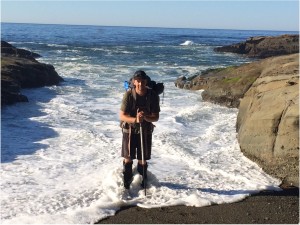 A survey released by Expedia.com showed that 55% of workers come back to work after time off without feeling rejuvenated, while others struggle to cope with work-related stress while they’re away. In another survey 69% of workers check in with the office at least once or twice a week while on vacation.
A survey released by Expedia.com showed that 55% of workers come back to work after time off without feeling rejuvenated, while others struggle to cope with work-related stress while they’re away. In another survey 69% of workers check in with the office at least once or twice a week while on vacation.
In an article I read recently regarding work/life balance, the author quoted Alan Langlieb, a Baltimore psychiatrist from Johns Hopkins University: “It used to be that work was like a belly button—you were either in or out,” said Dr. Langlieb, “and now, for most people who work, they’re always in.” Dr. Langlieb added that “technology allows you to be at work 24 hours a day any place in the world.” He also said, “You end up seeing nonstop work where there’s never really an off period.” Americans are not only working more during office hours, but they are also paying more attention to their jobs during vacations.
A year ago I took a vacation and learned the value of truly unplugging. No cell phone, Internet, or any contact with the outside world. Since then, I have made a commitment to take at least one vacation a year in which I can truly eliminate the world’s distractions and recharge my batteries.
This year I decided to backpack the West Coast Trail over seven days. The West Coast Trail is a 47-mile backpacking trail along the southwestern edge of Vancouver Island. This trail is often heralded by hiking guides as one of the world’s top backpacking trails. For those looking for a challenging vacation, here’s a good 15-minute news documentary about the trail and what you’ll be in for:
http://www.youtube.com/watch?v=a1spHWtS7Yk
I have limited backpacking experience, but I was fortunate to have the opportunity to take on this challenge with some old friends of mine who have been backpacking quite a few times. In preparation for the trip, one of the major considerations was nutrition. A main source of food on the trail consisted of dried meals in bags—the kind you just add hot water to. One of my two mistakes on this trip (I’ll talk about my second mistake in the weeks to come) was that I did not try the meals before I left. Once on the trail I quickly learned about eating for pleasure versus eating to survive. The companies who make these dried meals advertise how great their meals taste, but, seriously, how do you make lasagna taste good when it’s packaged in a bag and you add hot water? Not to mention the fact that, whenever we took the orange-tinged water from nearby streams, we needed to treat the water with water tablets, which gave the water a somewhat unpleasant aftertaste.
About four days into the trip, we hiked through an area where a smart local entrepreneur had set up a burger shack next to the trail and was offering juicy burgers and ice-cold beer. After several days of bagged meals, plain oatmeal, and trail mix, I was ready for something better! That’s when it hit me—I was reminded of a Sandler concept I learned years ago about selling to needs versus wants.
Ask yourself this question:
Do clients want to buy from me or do they need to buy from me?
Why do salespeople care? Because marketing and selling a product or service to a client’s wants is completely different than selling to a client’s needs! You see, “want” is intellectual, whereas “need” is emotional. For example, “I want to make President’s Club this year” is a 100% intellectual statement. The statement has no compelling needs attached to it that will create a behavior to achieve the want.
However, what will happen if I don’t make President’s Club? Odds are, those consequences will have some emotion attached to them. The effect of the potential consequences turns “want” into “need.”
After hiking for four days with no real enjoyment gained from eating, I went from wanting to eat to an emotional need to eat, and I ordered that hamburger and beer without any consideration for the price. In fact, it did not even bother me that the burger shack charged $25 for a hamburger and $10 for a beer—I can honestly say it was one of the best meals I’ve ever had, despite my burger’s being a little overdone. Why was this the case? The (expensive) burger satisfied my emotional need to have something beyond that awful dried food. I didn’t “want” that burger and beer; I “needed” them at the time.
A successful salesperson understands that he or she needs to sell to problems and get prospects to buy products based on an emotional need. Many studies show that people buy emotionally and that they then justify purchases intellectually. I justified $35 for an overdone burger and a cold beer. If our prospects knew precisely how to fix their problems, there’s a good chance they would have already fixed them! David Sandler learned that people must have a compelling (emotional) problem in order to need to buy. Salespeople should focus on uncovering problems their companies can fix, not on pitching “intellectual” features or benefits of their companies. Features and benefits can be effective when selling to wants but are ineffective and even counterproductive when selling to needs.
Getting the prospect to express that kind of desire is the objective of the critical phase of the buyer/seller relationship that we call the Pain Step. This Pain Step involves the buyer’s understanding and expressing an emotional need born out of an existing problem—just like when I “needed” that burger on the trail. When a prospect is ready to buy, his or her inner self is saying, “I want that (product/service) because I emotionally ‘need’ it.”
Salespeople must focus on the problems (pains) clients have and give less weight to what clients think they want. A successful salesperson will stop asking clients what they want and start identifying what their problems are—then the salesperson has effectively identified what each buyer needs.
People buy what they “need” in the moment—what they perceive will solve their problems. If you enter selling situations with preconceived notions about what you are going to sell (i.e., what you think your clients want), you will miss the opportunity to sell what prospects need and are ready to buy! Leave your preconceptions behind and dig deep to find your buyers’ needs.









